Clearance Divers
Royal Canadian Navy
Royal Canadian Navy
Royal Canadian Navy Clearance Divers are highly trained underwater specialists who are responsible to deliver Mine-Countermeasures Diving, Maritime Explosive Ordnance Disposal and Underwater Engineering support worldwide on behalf of the Canadian Armed Forces (CAF). Clearance Divers are primarily based at Fleet Diving Unit (Atlantic) in Halifax, NS and Fleet Diving Unit (Pacific) in Esquimalt, BC. Smaller detachments are located at the Experimental Diving and Undersea Group in Toronto, ON and within Canadian Special Operations Forces Command (CANSOFCOM).
Selection for the Clearance Diver occupation is open to all Non-Commissioned Members of the CAF with or without a previous CAF diving qualification.
Selection for the Naval Warfare (Clearance Diving Officer) sub-occupation is open to Commissioned Officers of any trade, with or without a previous CAF diving qualification.
Sea mines are an inexpensive and widely available type of munition that pose a serious risk to both military and commercial vessels. They are often unmarked and left behind after military conflicts end, which results in a further danger to members of the public. The RCN uses Autonomous Underwater Vehicles (AUV) to locate these legacy Unexploded Ordnance (UXO) and then deploys Clearance Diver teams to identify and destroy them by specialised procedure or controlled demolition.
Domestically, the identification, removal and subsequent disposal of military munitions from public spaces is a key CAF responsibility. Uniquely, Clearance Divers are the only Bomb Disposal specialists in the CAF who are trained to employ EOD techniques against both Land Service Ammunition and Naval weapons. Clearance Divers from Fleet Diving Unit (Pacific) and Fleet Diving Unit (Atlantic) respond to an average of 160-200 public safety callouts in Canada annually and are responsible for neutralizing munitions ranging in size from hand grenades to 500 lb bombs. Clearance Divers are also deployed overseas to support CAF operations where UXO are present.
Clearance Divers can also neutralize Improvised Explosive Devices (IEDs) using specialised procedures, Remote-Controlled Vehicles (RCVs) and tools. IEDD Operator training is a voluntary, additional skillset completed at CFB Gagetown after initial Clearance Diver instruction. Once qualified, Clearance Divers with the IEDD skillset maintain high-readiness to support domestic Bomb Disposal callouts and participate in IEDD-centric international exercises with Partner Nations. IEDD-qualified Clearance Divers also deploy overseas to augment CAF operations where there is an IED-threat present in-theatre.
Underwater Engineering (also known as Battle Damage Assessment and Repair) involves various tasks depending on the circumstance, and may involve Clearance Divers conducting underwater searches using specialised equipment, in-water maintenance/repair of RCN assets, or light salvage. For tasks requiring longer completion timelines, Clearance Divers are trained to conduct such underwater work using Surface Supplied Diving equipment. Clearance Divers are also required to maintain a high-readiness Submarine Search and Rescue (SUBSAR) response capability, comprising specially trained personnel and a rapidly-deployable Recompression Chamber.
To complete their tasks, Clearance Divers are trained in the operation of specialized equipment, including:
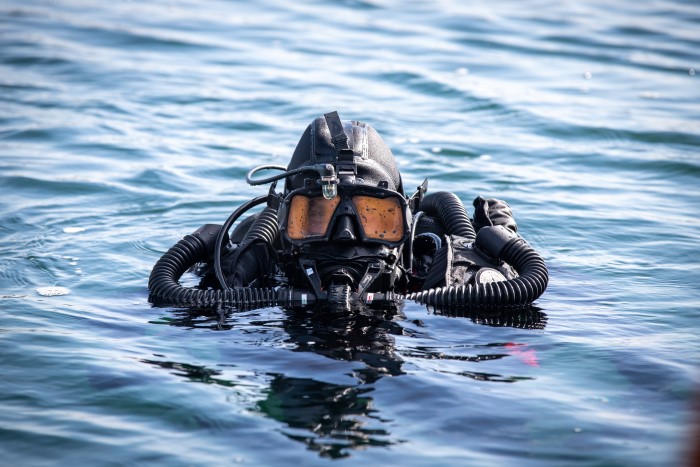
A Clearance Diver using the Canadian Underwater Mine Apparatus – Version Electronic (CUMA-VE) rebreather during a proficiency dive (Esquimalt Harbour, British Columbia 2022)
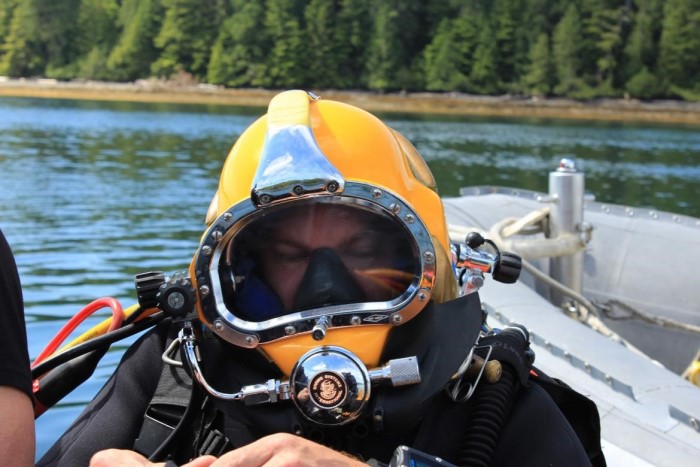
A Clearance Diver dons Surface Supplied Breathing Apparatus (SSBA) during Unexploded Ordnance (UXO) clearance operations from the wreck of HMCS THEIPVAL (Barkley Sound, British Columbia 2017)
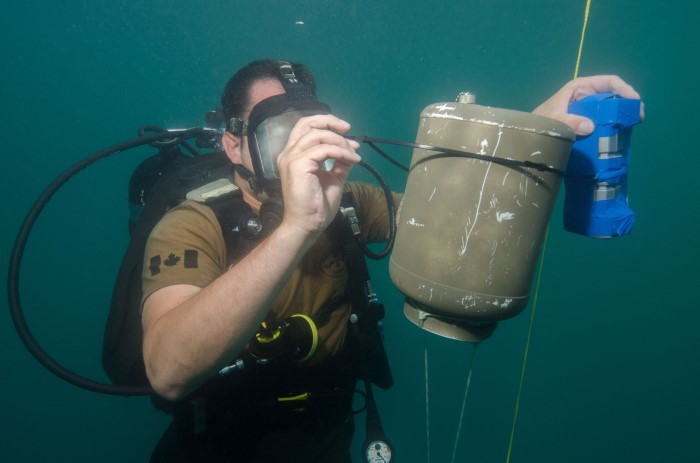
A Clearance Diver using Compressed Air Breathing Apparatus (CABA) inspects a simulated improvised explosive device during Exercise RIMPAC, (Pearl Harbor, Hawaii 2016)
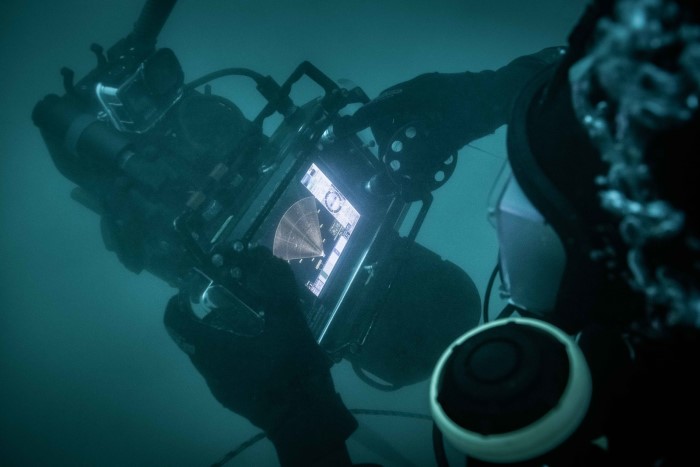
A Clearance Diver using the SHARKMARINE Handheld Underwater Sonar and Navigation System in training during Exercise Arctic Edge (Juneau, Alaska 2022).
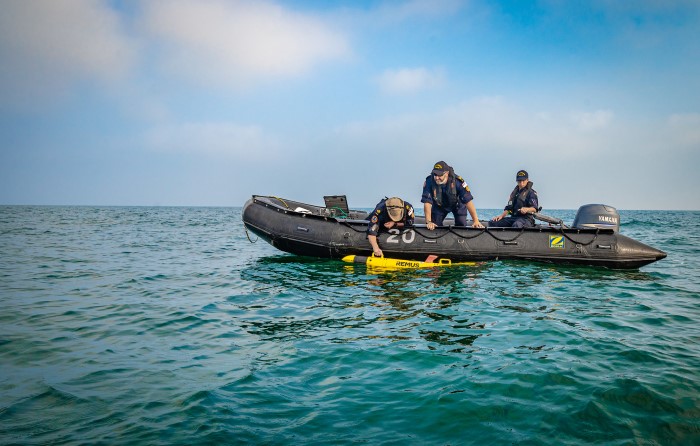
Sailors from HMCS SUMMERSIDE launch a REMUS Autonomous Underwater Vehicle (AUV) in support of Historical Ordinance Disposal operations during Operation Reassurance in the English Channel (Le Tréport, France 2022).
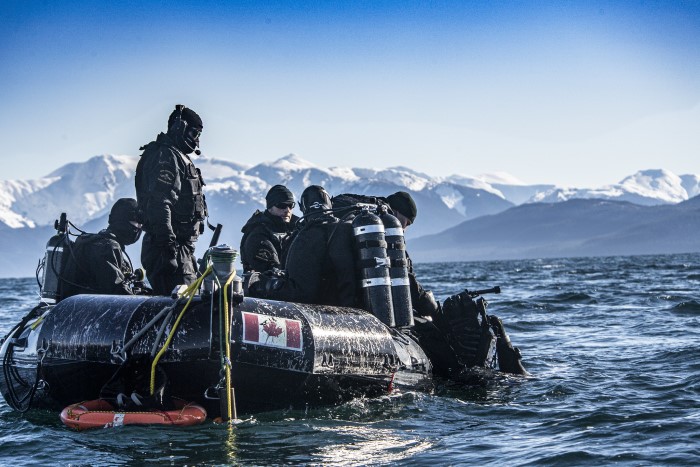
A Clearance Diving team embarked in HMCS BRANDON conducts simulated Historic Ordnance Disposal operations during Exercise ARCTIC EDGE (Juneau, Alaska 2022).
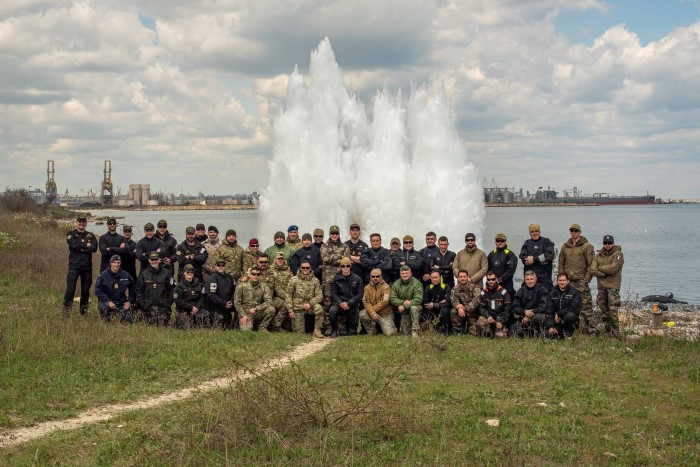
Clearance Divers deployed to support the MCM Black Sea Task Force conclude a demolition exercise with their Romanian colleagues (Constanta, Romania, 2025).
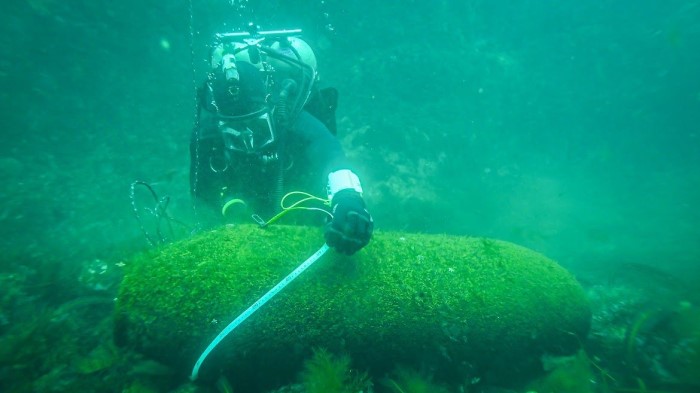
A Clearance Diver identifies a 500 lb bomb from the wreck of USS Truxtun (Newfoundland, 2024).
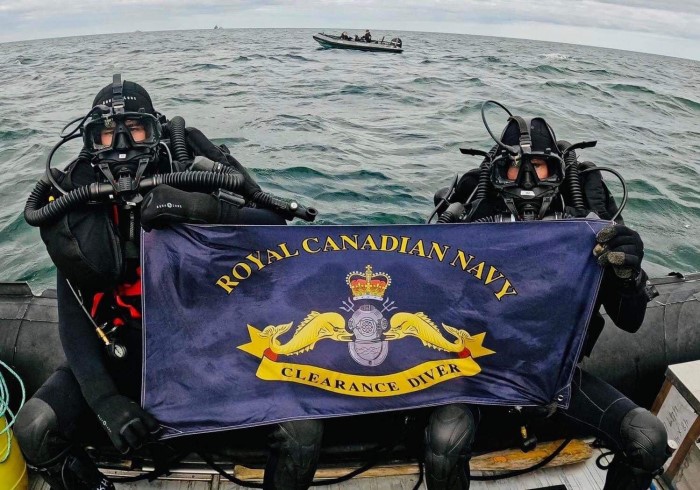
Clearance Divers display the trade flag prior to commencing diving operations in support of NATO’s Standing Mine Countermeasures Group 1 (France, 2022).
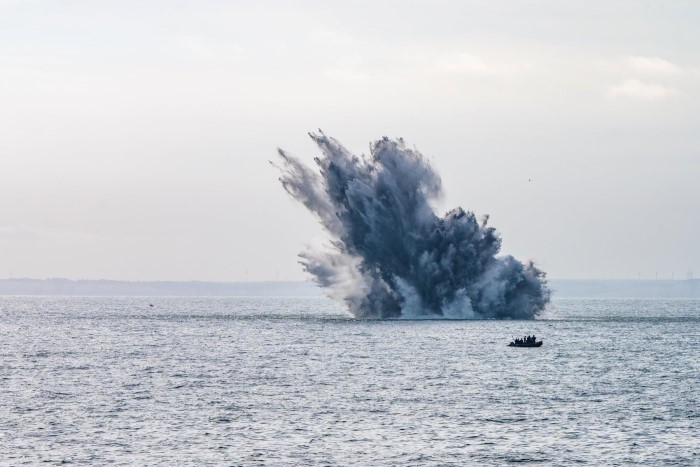
A sea mine identified by Clearance Divers is destroyed by controlled demolition during Op REASSURANCE (English Channel, 2022).
Clearance Diving teams routinely deploy with RCN warships as embarked forces, or from forward staging bases, in order to conduct Mine Countermeasures (MCM) operations, participate in sea-based exercises, or to conduct Historic Ordnance Disposal taskings.
Recently, Clearance Diving Teams have delivered:
Though an RCN occupation, Clearance Divers may also be integrated with land-based multinational task forces, due to their EOD skillset. Clearance Divers contributed significantly to CAF operations in Afghanistan from 2001 to 2014, with 40% of the trade deploying in EOD or IEDD roles. For this reason, the Fleet Diving Units were awarded the 'Afghanistan' battle honour instead of the 'Arabian Sea' battle honor awarded to many RCN warships that took part in the conflict.
More recently, Clearance Divers have deployed to augment UXO reduction operations in the Indo-Pacific (Operation RENDER SAFE, 2013-present) and the CAF’s training mission in Ukraine (Operation UNIFIER, 2016-2021).
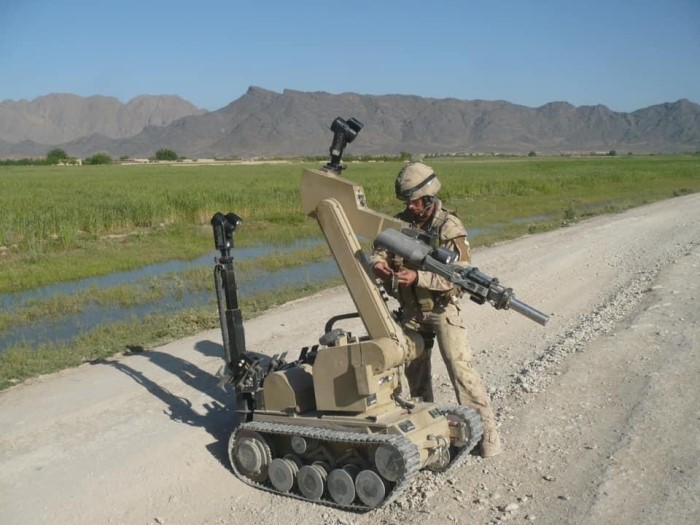
A Clearance Diver conducts IEDD duties in Afghanistan (2009).
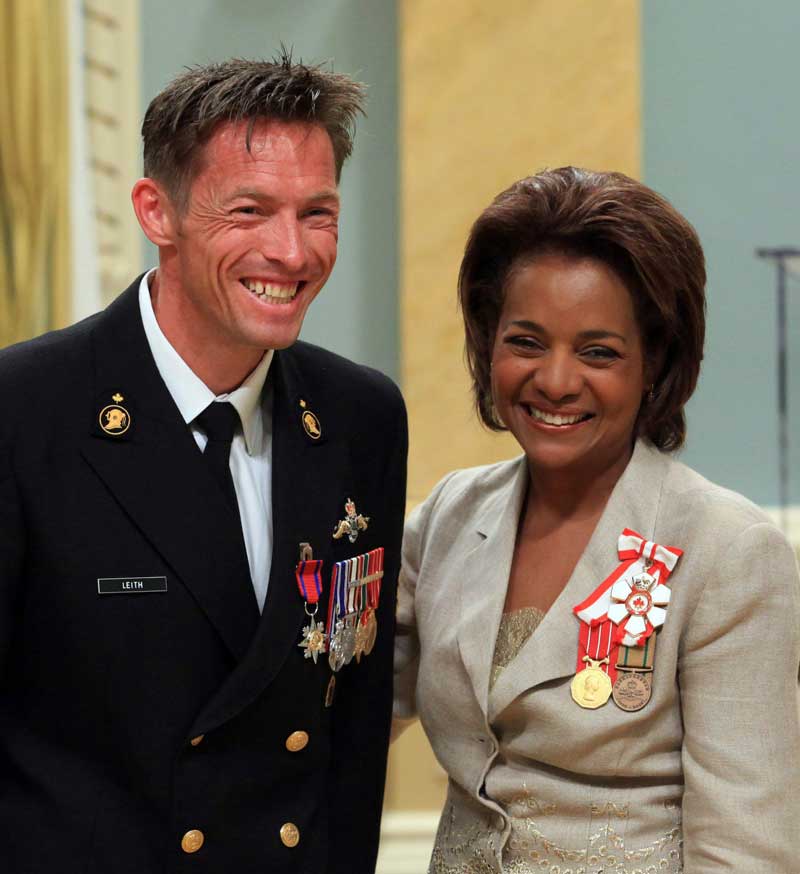
Governor General Michaelle Jean awards the Star of Courage to Petty Officer 2nd Class James Leith for his actions as an IEDD operator in Afghanistan (Rideau Hall, 2009).
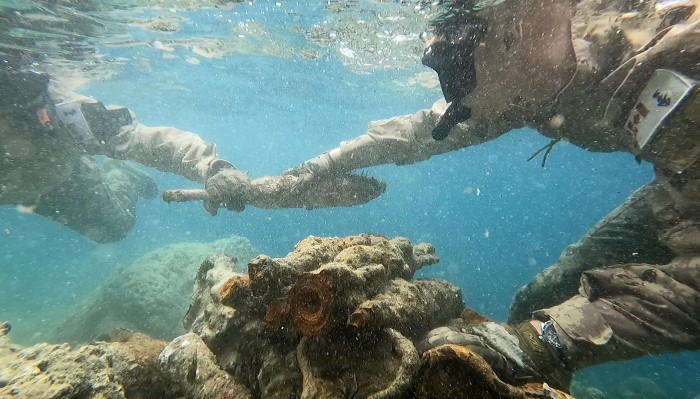
Clearance Divers catalogue Unexploded Ordnance dumped in shallow water during WWII while participating in Op RENDER SAFE 24-02 (Munda, Soloman Islands, 2024).
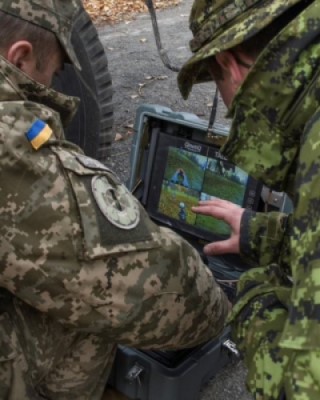
A Clearance Diver instructs a member of the Ukrainian Armed Forces in the use of a remotely-operated vehicle during Op UNIFIER (Kamianets Podilskyi, Ukraine, 2015).
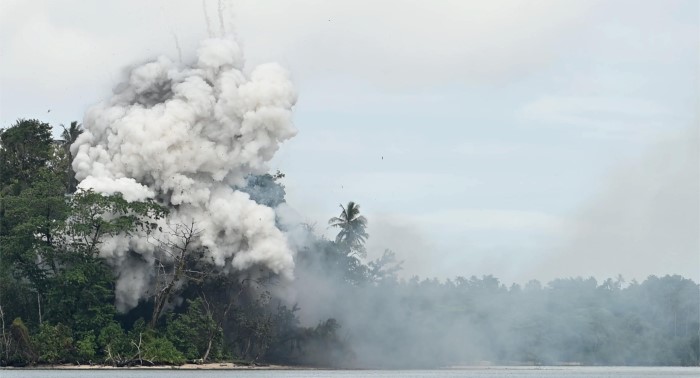
Unexploded Ordnance recovered from local communities are destroyed by controlled demolition during Op RENDER SAFE 24-02 (Munda, Soloman Islands, 2024).
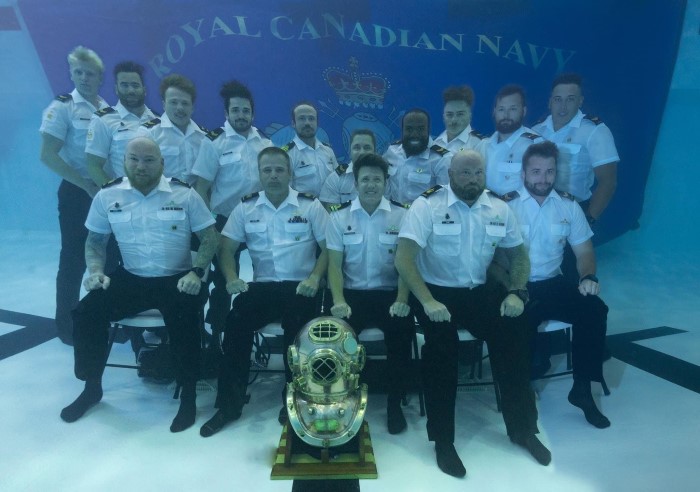
Clearance Diver candidates on serial CD0017 and members of Fleet Diving Unit Pacific’s Training Department pose for a course photo (Esquimalt, 2022).
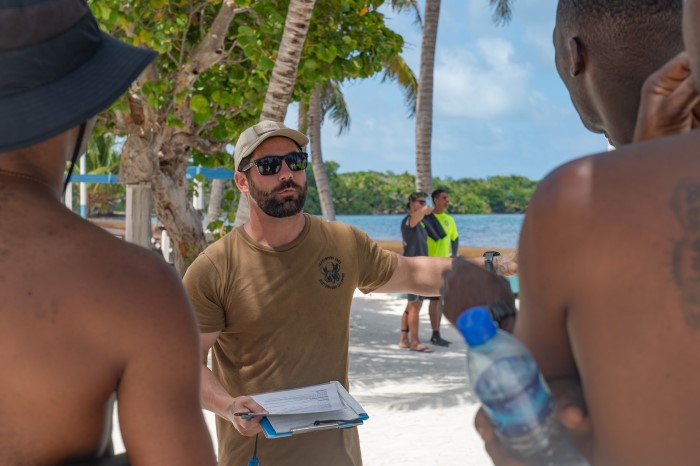
A Clearance Diver from Fleet Diving Unit (Atlantic) mentors members of the Caribbean Task Force during Ex TRADEWINDS 22 (Belize City, Belize 2022).
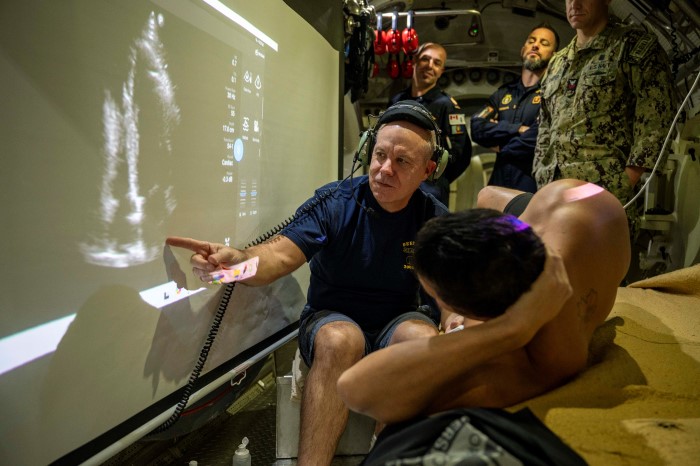
Clearance Divers from the Experimental Diving and Undersea Group (EDUG) participate in a Venous Gas Emboli research study alongside personnel from the United States Navy (Panama City Beach, USA, 2024).
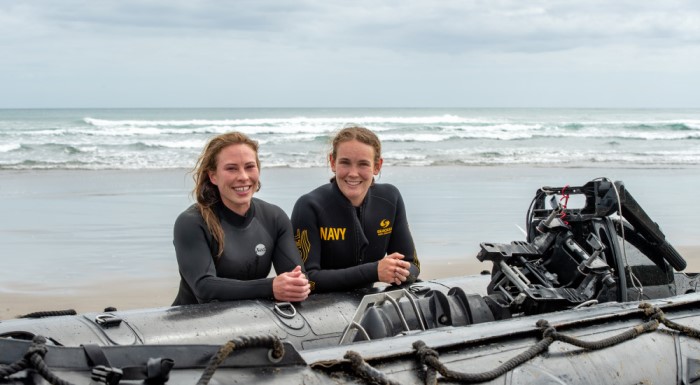
Clearance Divers from Fleet Diving Unit (Pacific) conduct small boat training during an Op REGULUS deployment (Auckland, New Zealand 2022).
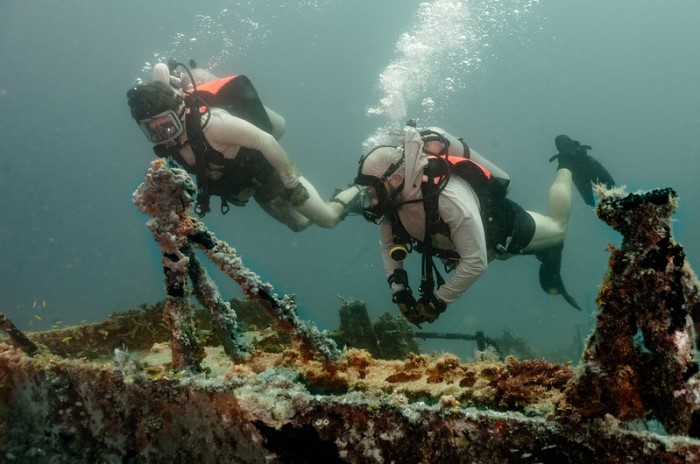
Clearance Divers from Fleet Diving Unit (Atlantic) conduct a bottom survey during Ex TRADEWINDS 24 (Bahamas, 2024).
As the CAF's only full-time Diving occupation, Clearance Divers are responsible for the initial and continuation training of RCN Ship's Divers, Port Inspection Divers, and Royal Canadian Air Force Search and Rescue Technicians. Clearance Diving teams frequently deploy abroad as diving instructors in support of Defence Engagement activities such as Exercise TRADEWINDS, a Caribbean nation-focussed training mission which has been conducted annually since 1984. Clearance Divers also participate in experimental Diving Research and Development projects, and may deploy under Op REGULUS, an initiative that facilitates short-term personnel exchanges between the Royal Canadian Navy and partner nations.